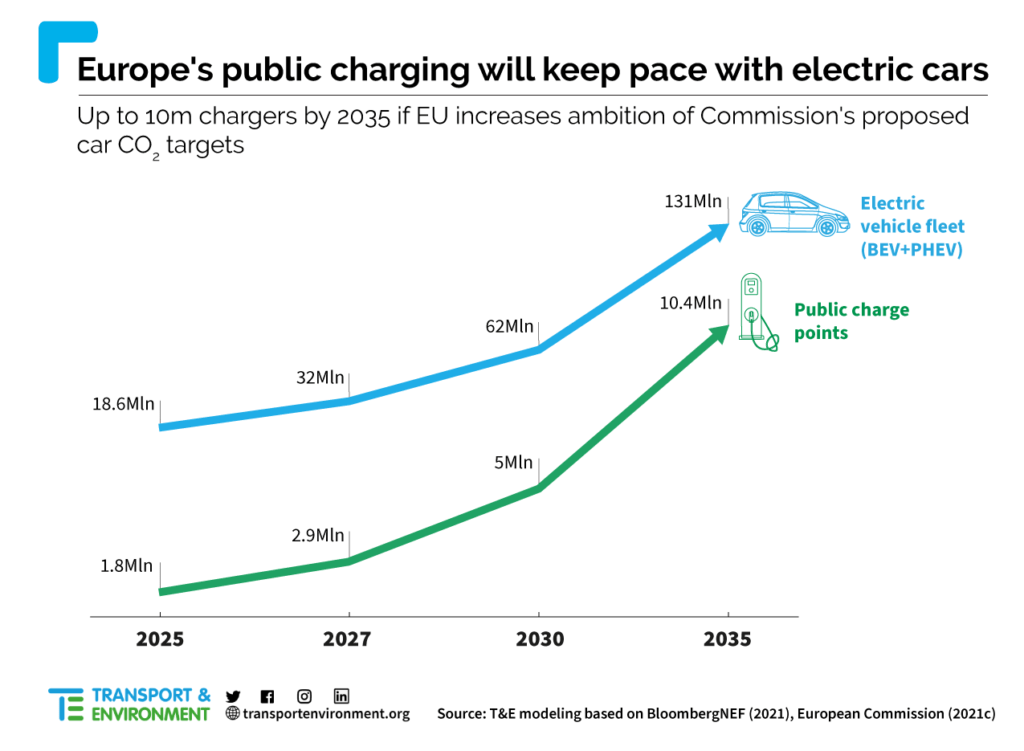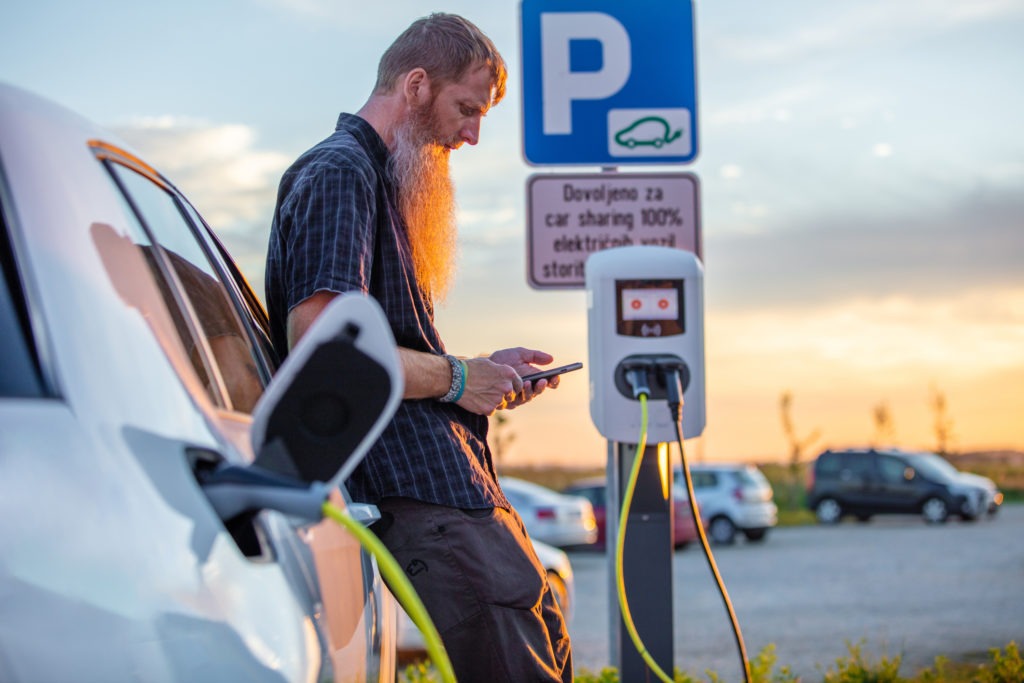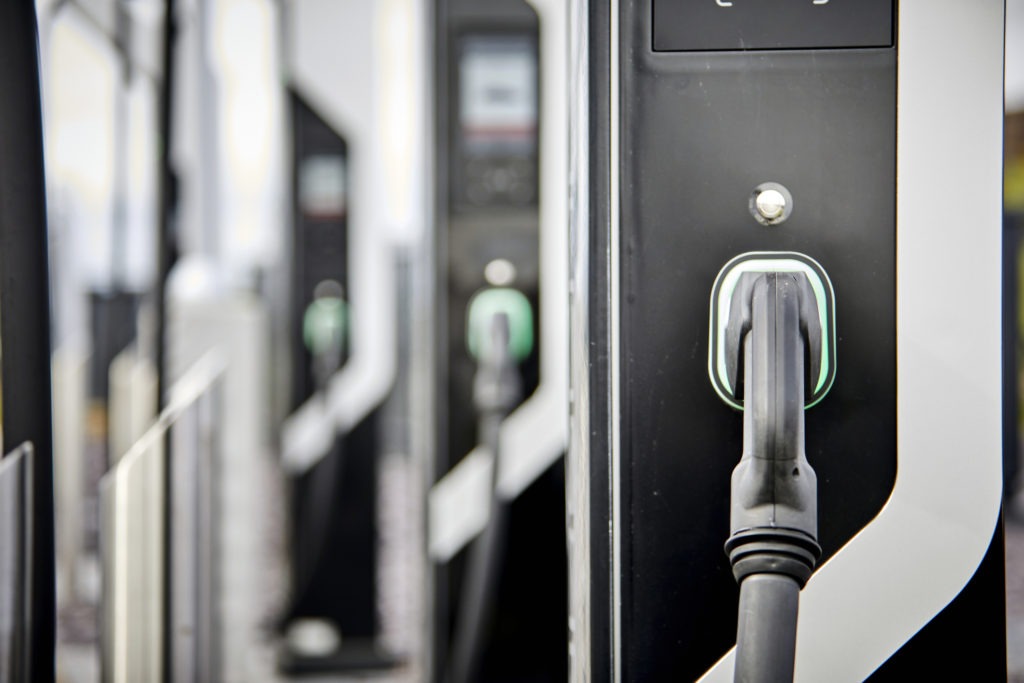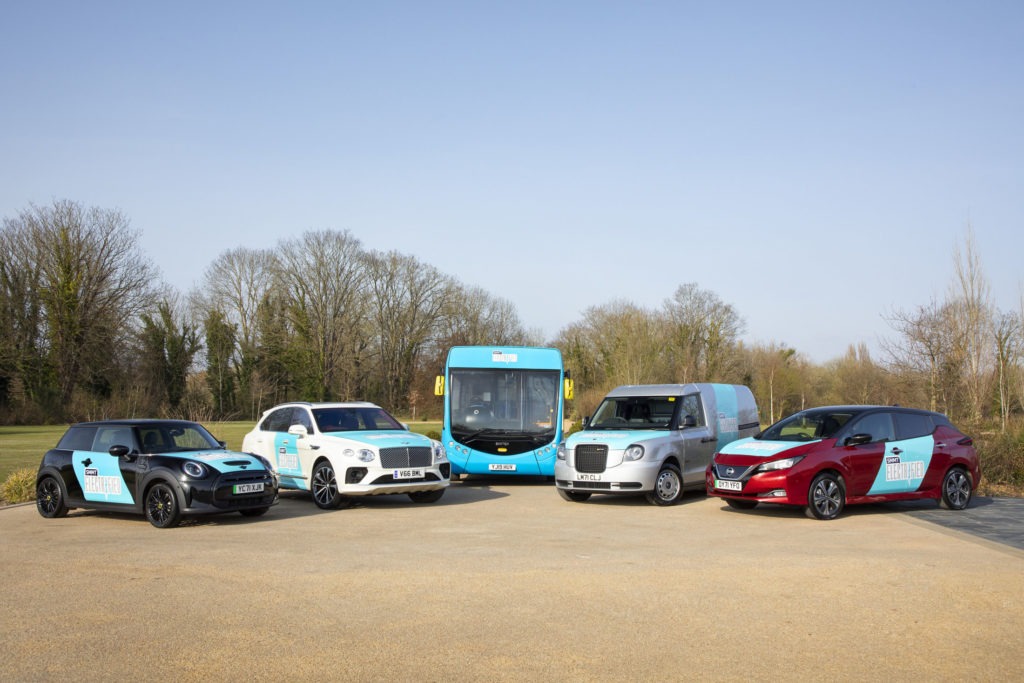Public charging not a barrier to higher targets for electric-car adoption, says T&E
26 April 2022

Public-charging ability will not hinder higher EU electric-car targets, it will keep pace green NGO Transport and Environment (T&E) claims. This is despite European carmakers and automotive federations warning that the roll-out of Europe’s charging infrastructure needs to pick up speed to keep up with the rise in electric vehicles.
‘European lawmakers do not need to hold back on setting higher car-CO2 targets for fear of a lack of charge points. Public charging is a key concern for drivers, and governments will be required by law to address this by expanding national networks in line with the electric-car fleet,’ said Fabian Sperka, vehicles policy manager at T&E.
Electric-vehicle charging infrastructure
T&E does not agree with the European car-industry lobby, which wants to see 31 million public chargers in operation by 2035. It argues that this would cause chargers to be used less than one hour a day, which it says is below the 3.6 hours needed to be financially viable according to a report by the European Automobile Manufacturers’ Association (ACEA).
‘The more the merrier does not apply to the charging business,’ Sperka said. ‘Massively overbuilding the charging network, as some in the car industry demand, is unnecessary and would require taxpayers to foot the bill.’
He argues that Europe could have up to 10 million public chargers in place to meet the needs of the growing electric car fleet by 2035 and have a financially viable network. T&E’s announcement is timely as European governments are in the middle of deciding on a proposal for car-CO2 reduction targets.
With the EU preparing for a zero-emissions future that includes plans to phase out internal-combustion engines by 2035, how many public-charging points Europe needs to keep pace with the increase in electric-vehicle adoption is highly debated.
There are no mandatory targets when it comes to the installation of public chargers in Europe, but T&E says that 10 million chargers could be in operation by 2035 if lawmakers ramp up car-CO2 standards to align with the EU Green Deal.
Industry assumptions unrealistic
ACEA expects 60% of charging to take place in public spaces by the end of the decade, assumptions the environmental NGO calls unrealistic, especially as the EU forecasts this figure to hover around 15-40%. T&E also believes that the automotive industry is pursuing unnecessarily high public-charging targets, which would rely on huge public subsidies.

According to analysis published by T&E, 5.1 million public charging points could be installed by 2030 as a result of the EU’s draft infrastructure law. At the moment, around 340,000 public chargers can be found across Europe, with T&E urging governments to increase car-CO2 targets in 2025 and 2030, as well as setting a new interim target for 2027.
The EU Commission proposed a regulation on the deployment of alternative-fuels infrastructure in July 2021. This draft law requires member states to expand charging capacity at regular intervals on major roads.



